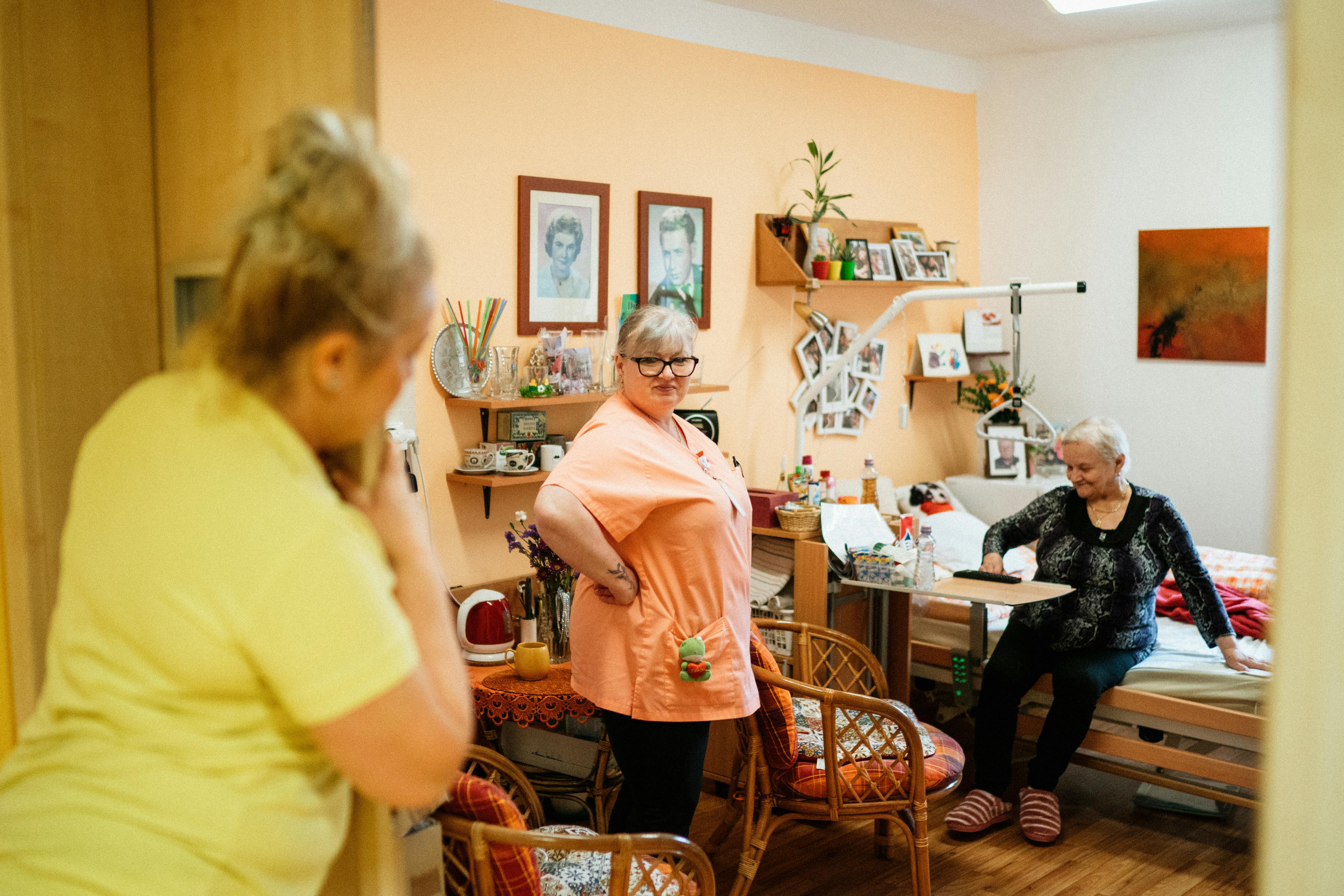How to move from reactive to proactive: A playbook for care providers
The care sector has been in a reactive loop for years — through no fault of its own. Funding gaps and workforce struggles have held providers back. But with the right tech and smart processes, proactive care isn’t just possible — it’s within reach. This playbook shows you how.
Contents

Exploring the benefits of proactive care for the individual and the care provider, the dangers of reactive care and what day-to-day proactive care might look like in your service.

Dive into the benefits of proactive care and learn how residential care home group, Rose Care Group, switched to a proactive approach and the benefits they've seen to the service.

Understand the role technology plays in shaping proactive care, with a step-by-step guide to integrating digital systems into your service, plus how Epilepsy Society overcame barriers to tech-enabled care.

Discover what co-production means in social care, with an example of it in action and tips on how to work with service users and families on co-production for proactive care.

It’s important for proactive care to be accessible to everyone but this isn’t always the case. Learn who is most at risk of exclusion and the steps you can take to reduce this risk.

Discover the key requirements for building a proactive culture with tips for embedding proactive care into your daily delivery and workplace culture.

Learn how to build proactive care into your organisational strategy, to help future-proof your service with 10 planning tips to get you started.
Why a shift to proactive care matters
Did you know that in 2021, the Health Foundation estimated that a million additional health and care staff are needed in the next decade to meet the growing demand for care in the UK?
As a sector in its sixth consecutive year of a workforce shortage and still reeling from the blows of the Autumn budget, care providers are all too aware that the people power isn’t there to meet these demands. It’s not so long ago that the nation was clapping for its carers, but sadly, this doesn’t seem to have translated into any meaningful increase in funding for the sector. Through no fault of their own, care providers have become stuck in a repetitive cycle of staff shortages, struggling to keep up with the increasing demand for services with limited resources.
So what do we do with a sector that can’t meet the needs of the people who need it most? That’s where proactive care comes in.
In chapter 1, we explore what proactive care is and what it might look like.

Ready to start the conversation?
Over 30 minutes, we'll discuss your challenges and needs, while also exploring how Log my Care can assist you in achieving your goals.